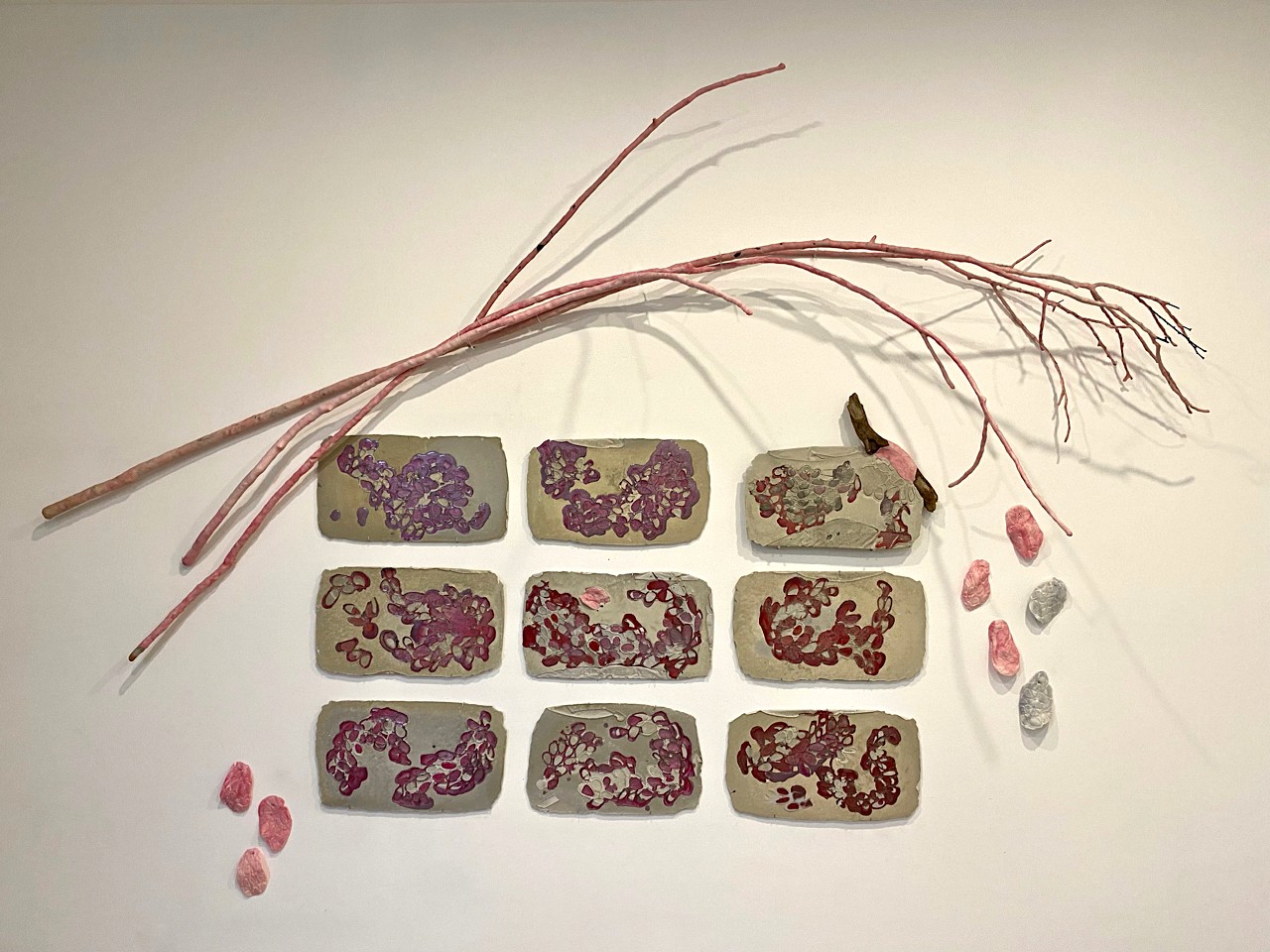Alright – so today we’ve got the honor of introducing you to Lucia Warck-Meister. We think you’ll enjoy our conversation, we’ve shared it below.
Lucia, thanks for taking the time to share your stories with us today Can you talk to us about a project that’s meant a lot to you?
One of my dearest projects is Que Ven los Que No Ven / What do they see those who do not.
This interrogation was the catalyst for the exhibition, where artists, architects, and designers came together to present works that redefined architectural space using our least used senses: touch, hearing, and smell. As we collaborated, new questions emerged: What defines the beauty of a building if we can’t see it? How can we create harmonious structures when we are blind? How do we navigate in a space without sight? These questions challenged societal norms and perceptions, inviting our audience to join us in reshaping how we think about architecture and accessibility.
The exhibition challenged audiences interested in issues of diversity and accessibility. One of the project’s target audiences was the community, which people with impaired sight informed. The exhibition promoted understanding and healthy pride in said community but addressed problems such as prejudice and discrimination, challenging society. We worked with universities of art and architecture, the community of architects, and the various organizations that support diversity and the inclusion of groups with disabilities. The exhibition also found a warm welcome from those educators who experienced the need for a multidisciplinary approach to the transcultural study of art. The programming included dinners in the dark catered by blind chefs, performances by musicians with impaired sight, and an explorative sensory tour of the gallery building by one of the participating architects who was blind.
My journey with this exhibition was a transformative two-year experience. It led me to explore the meaning of space when it’s not visible and deepened my understanding of the challenges other communities face in receiving equal care. This exhibition was a powerful call to action, a reminder that the responsibility for equality rests on all of us, and a beacon of hope for a more inclusive future.



Lucia, love having you share your insights with us. Before we ask you more questions, maybe you can take a moment to introduce yourself to our readers who might have missed our earlier conversations?
I want to tell the readers what I’m up to now. I have worked on women’s roles in Latin America’s independence for the past five years—women who fought for freedom, the federalization of countries, and the rights of native people. But history has made them invisible. Only a few names remain. Bringing back these names is to name us all. Who we are significantly depends on how we remember and record the past to create collective narratives. Through memory, I explore ideas of identity, historical narrative, storytelling, and de-colonialism. Who we are significantly depends on how we remember and record the past to create collective narratives.
My installation, Piel de Tigre (Tiger’s Skin), is a testament to the complexity of self-identification. It covers the wall like a patchwork of skin, incomplete and evocative. The whole may not equal the sum of its parts, just as pieces of stories remain like memories under the skin. This piece, which was on view from June through October 2023 at the Clemente Cultural Center in the Lower East Side, NY, invites the viewer to delve into the layers of identity and memory, sparking intrigue and curiosity.
My work La Capitana, included in the Katonah Museum Biennial, was about an Afro-Argentinian camp follower-turned-soldier who had been enslaved, subjected to abuse, and marginalized. I built her portrait by crafting numerous braids, coils, and magnolias in porcelain. Braids are a symbol of identity and resistance in Latin America. The tradition of braiding is passed from mothers to daughters, opening a space for storytelling.
Community is at the heart of my artistic practice. With a deep commitment to this value, I curated the exhibition El Camino de las Trenzas / The Path of Braids. This exhibition, which showcased the works of six Latina artists who immigrated to New York City, delved with unrooting, resilience, and the power of community building. By creating a space for these artists to share their stories, I aimed to foster a sense of inclusion and value within our artistic community.
As an Argentinian-born artist living in NYC, it is my role to raise awareness about present and past communities that are disregarded in the historical narrative.
A few years ago, as an extension of my practice, I created an online platform to share tools and professional development advice with other artists. It started with Argentina-based artists but rapidly opened to international artists, mainly from Latin America. After the pandemic, it took the name of The Art Lab (@theartlab_lwm).
I always recommend that artists select opportunities that align with their work and interests. This straightforward first step saves time, money, and frustration. Then, follow the guidelines, as each open call or grant has different requirements. Go to the organization’s web page and research who they are and what kind of art and artists they support. Write your ideas clearly and concisely. Panelists want to see how the big topics you write about apply to your work. Tie the general to the particular that makes your artwork unique.


What do you think is the goal or mission that drives your creative journey?
Through my artwork, I aim to evoke emotions, spark introspection, and create a deep sense of connection with overlooked communities and pressing issues. By fostering this emotional connection, art can motivate individuals to take meaningful action toward social justice.



Are there any resources you wish you knew about earlier in your creative journey?
N/A
Contact Info:
- Website: https://www.luciawarckmeister.com/
- Instagram: https://www.instagram.com/luciawarckmeister/
- Facebook: https://www.facebook.com/luciawm/
- Linkedin: https://www.linkedin.com/in/lucia-warck-meister-4b43974/


